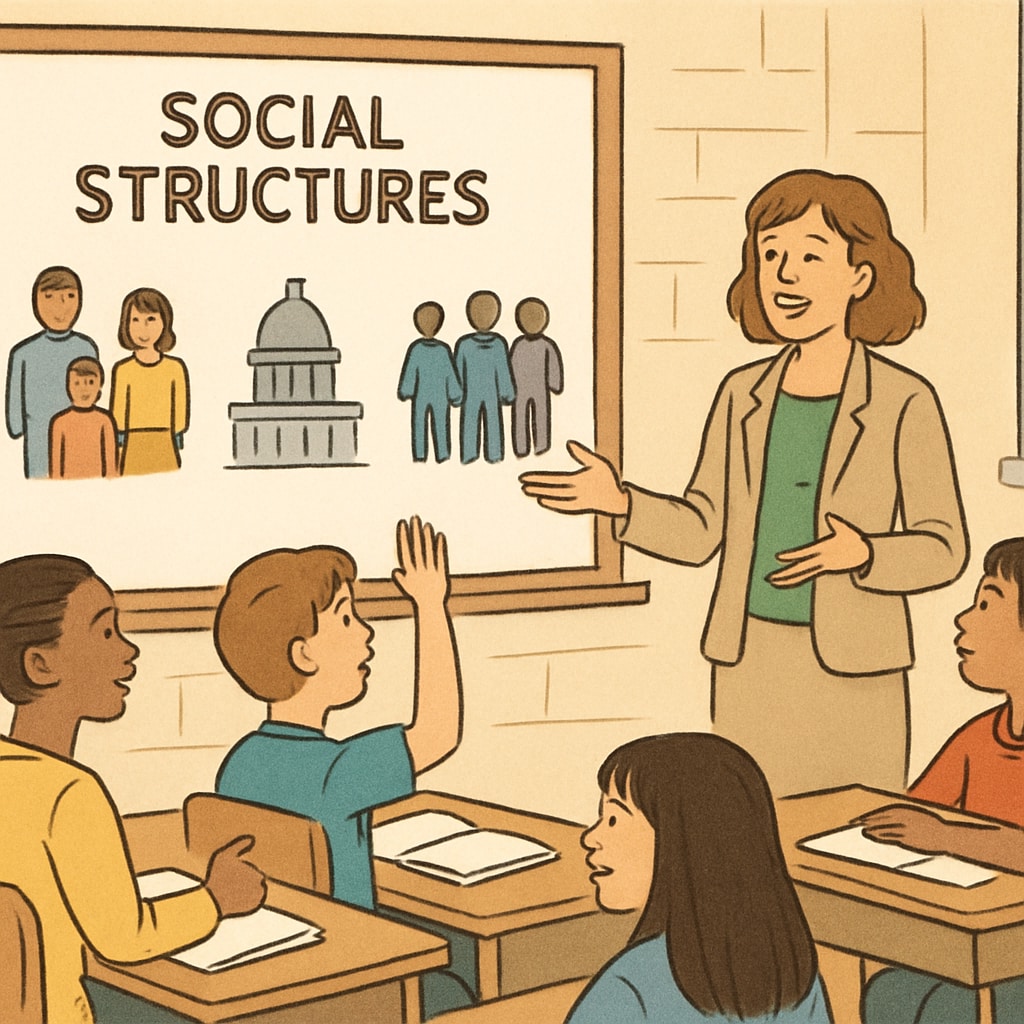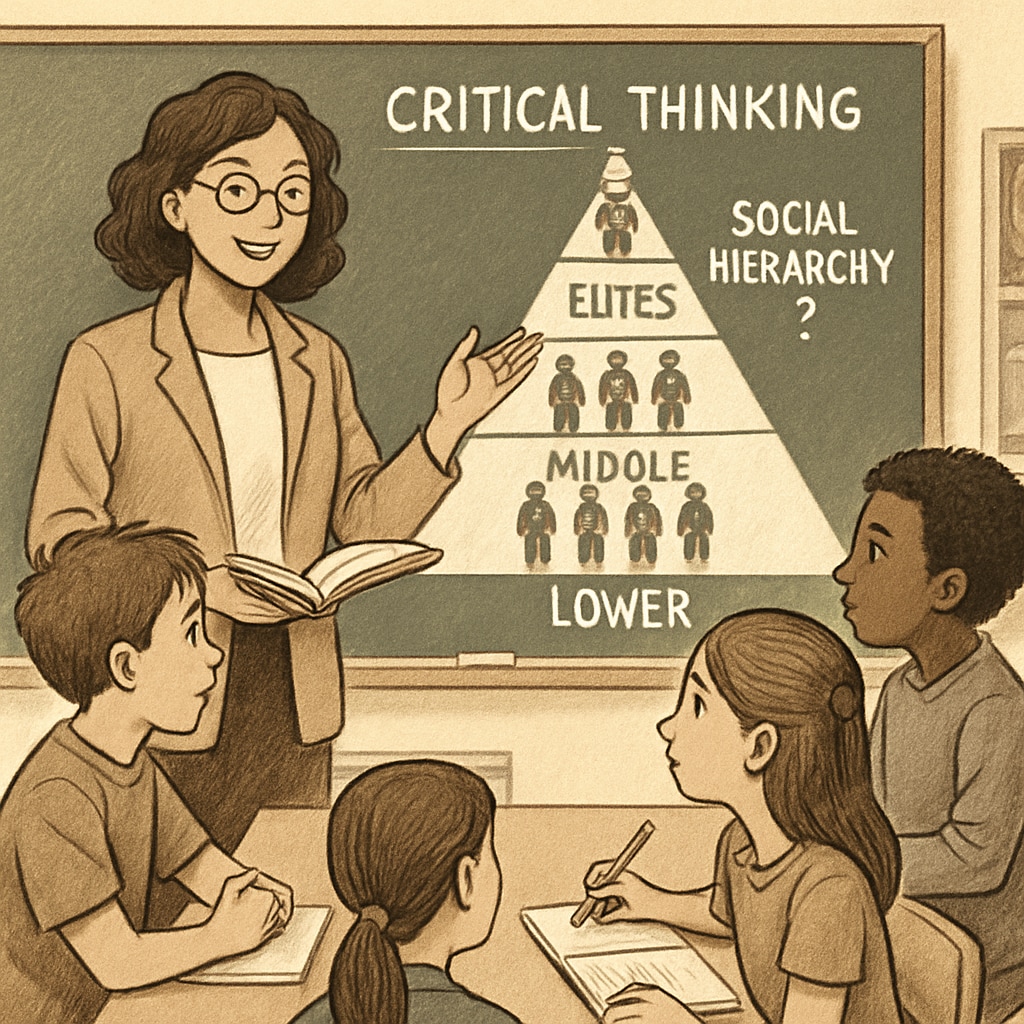Teaching concepts like “class stratification” in K12 education is increasingly under scrutiny for its potential to embed harmful stereotypes and limit students’ capacity for critical thinking. While introducing social structures in classrooms aims to foster understanding, it risks reinforcing rigid worldviews and promoting the notion of an unchangeable societal hierarchy. This article examines the dangers of such educational content, its impact on students’ development, and the responsibility shared by educators and parents to inspire hope and critical engagement with society.
The Problem with Class Stratification in Education
Class stratification refers to the division of society into hierarchical levels based on factors such as wealth, occupation, and social status. While this concept is a vital component of sociological studies, prematurely introducing it to young, impressionable students can have unintended consequences. For example, presenting this as an immutable reality may lead students to internalize societal limitations, discouraging aspirations for upward social mobility.
Furthermore, lessons that lack critical context may inadvertently perpetuate stereotypes. A child from a lower-income background might feel stigmatized or resigned to their current circumstances, while a wealthier student may develop an inflated sense of privilege. Without opportunities for open discussion and critical analysis, these lessons risk reinforcing rather than challenging societal inequities.

Fostering Critical Thinking over Fixed Narratives
One of the primary goals of education should be to empower students to think critically about the world around them. However, when class stratification is taught as a fixed narrative, it undermines this objective. Instead of fostering curiosity and questioning, it may instill a sense of inevitability that discourages students from imagining alternative social structures or challenging the status quo.
To address this issue, educators should frame discussions of social stratification in a way that emphasizes potential for change. For instance:
- Highlight historical examples of social mobility and reform, such as the labor movements or civil rights advancements.
- Encourage students to analyze the factors that contribute to inequality, such as education access or systemic bias, and brainstorm potential solutions.
- Provide diverse perspectives by incorporating literature, case studies, and guest speakers from various socioeconomic backgrounds.
By doing so, students are not only informed about societal structures but are also inspired to envision and work toward a more equitable future.

Shared Responsibility: Educators and Parents
The responsibility for addressing the risks associated with teaching class stratification in K12 education does not lie solely with schools. Parents also play a critical role in shaping their children’s understanding of the world. Open conversations at home can complement classroom discussions, providing a safe space for children to explore their thoughts and feelings about social issues.
Additionally, educators and parents alike must model values such as empathy, resilience, and hope. When students witness adults actively challenging social inequalities—whether through community service, advocacy, or simply treating others with respect—they learn that societal change is possible and worthwhile.
Collaboration between schools and families can further ensure that lessons on class stratification are balanced and constructive. For example, schools might host workshops to help parents understand the curriculum and equip them with tools to support their children’s learning at home. Similarly, parents can provide feedback to educators, ensuring that classroom discussions remain inclusive and empowering.
Conclusion: Toward a Hopeful and Inclusive Education
Teaching class stratification in K12 education is a delicate balancing act. While it is essential to equip students with an understanding of societal structures, we must avoid presenting these structures as unchangeable. By fostering critical thinking, offering hopeful narratives, and encouraging collaboration between educators and parents, we can help students develop a more balanced and empowering worldview.
Ultimately, the goal of education should be to inspire—not constrain—the next generation. By addressing the potential dangers of rigid societal narratives, we can pave the way for a more equitable and inclusive future.
Readability guidance: This article uses short paragraphs, clear transitions, and lists to enhance readability. It avoids excessive jargon and prioritizes active voice to maintain engagement and clarity.


